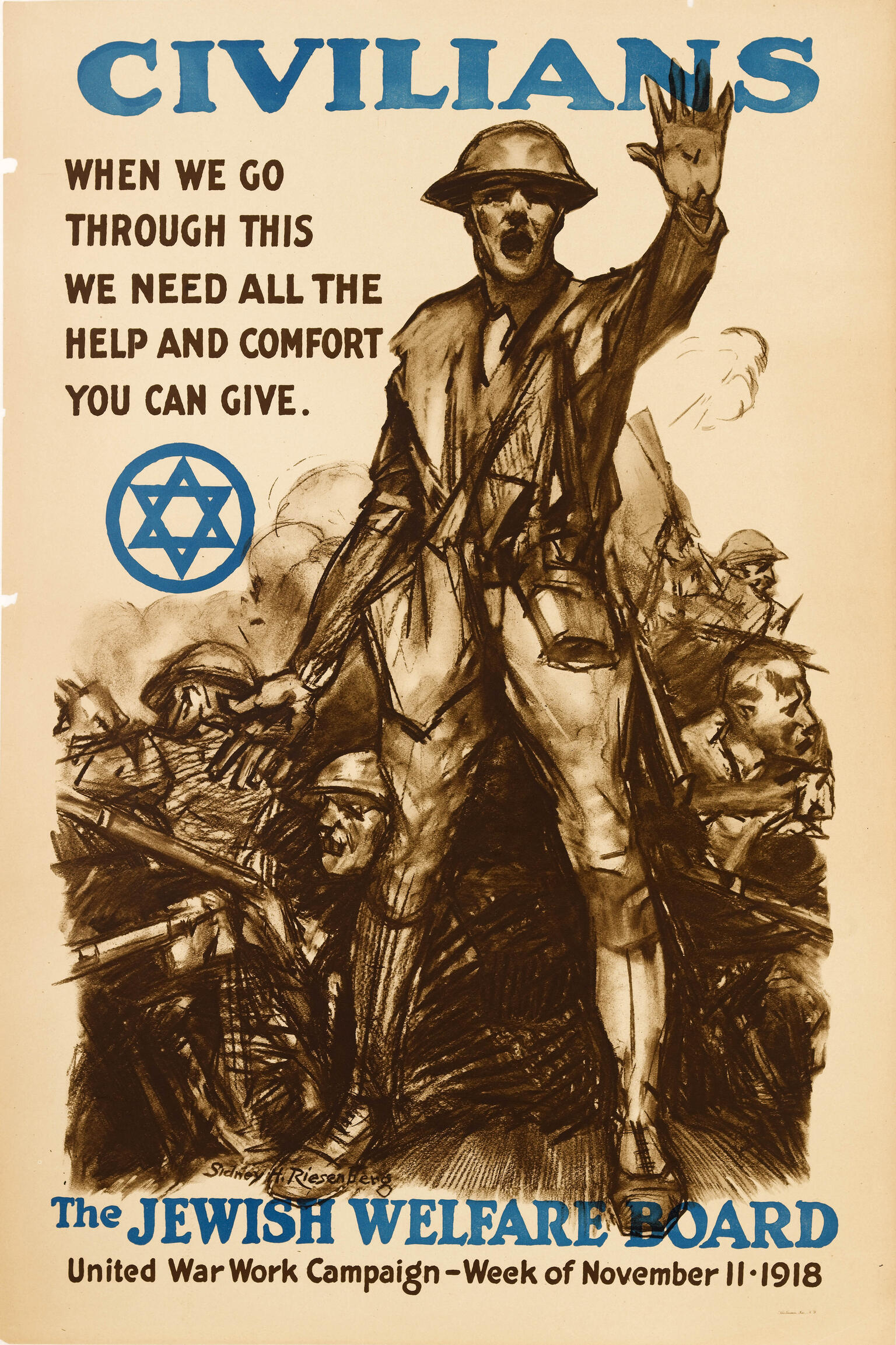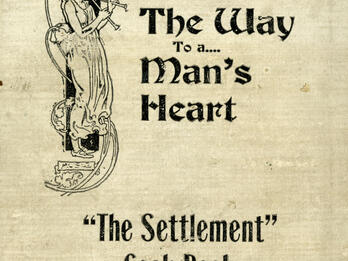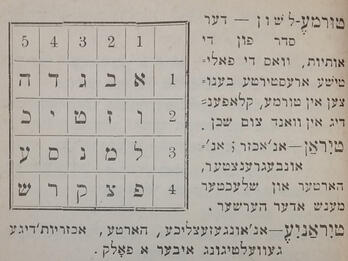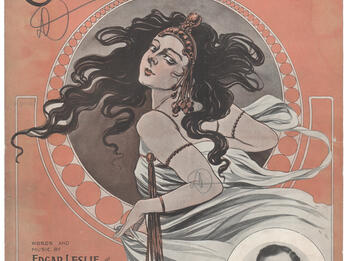Civilians (Poster)
This poster was published by the Jewish Welfare Board in the United States just prior to the armistice bringing World War I to a halt. The message was to elicit support from Jewish civilians for the Jewish soldiers serving in the American army. The graphics of this period are often very striking, as in this dramatic example, which is somewhat reminiscent of the famous American image of “Uncle Sam Needs You!” The Jewish Welfare Board, the sponsoring institution for this broadside, was one of many Jewish charitable and self-help organizations that were created around this time. Such groups were founded both to help the many needy among the mass of immigrants in the thirty-year period prior to the war and to assist the many Jews suffering in Europe from the results of discrimination and war.
Credits
Published in: The Posen Library of Jewish Culture and Civilization, vol. 7.








